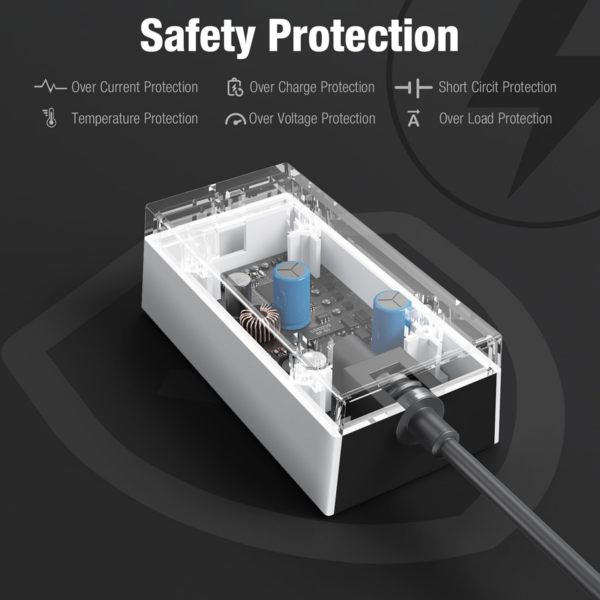Mini Power
Our Starlink Mini power accessories last long and give steady performance. Use them for outdoor trips, off-grid life, and mobile setups. Find strong, portable solutions for your Starlink Mini power needs. They are perfect for RVs, cabins, or mobile units that need stable satellite power.
MINI
-17%

Select options
This product has multiple variants. The options may be chosen on the product page
Car Charger 10-28V to 30V DC Power Adapter with Female Plug for Starlink Mini
Price range: CA$62.69 through CA$69.66MINI

Select options
This product has multiple variants. The options may be chosen on the product page
Car Charger 12V-36V DC Power Adapter for Starlink Mini
Price range: CA$55.73 through CA$69.66Starlink Mini Power – FAQ
Q1: What are the power supply voltage and power of Starlink Mini?
A: The input voltage range of Starlink Mini is 12V to 48V DC, with a maximum power of about 60W. Ensuring a stable power input is crucial for the normal operation of the device.
Q2: Why is a vehicle-mounted booster needed?
A: Although the Starlink Mini supports a 12–48V DC input, a direct 12V connection often results in insufficient power due to cable resistance, especially with long or thin cables where voltage drop can occur. Installing a vehicle booster can raise 12V to a more stable 30V, improving efficiency and ensuring stable device operation.
Q3: Is it safe to use a cigarette lighter booster for vehicle-mounted power supply?
A: Our cigarette lighter booster is designed in accordance with safety standards, with overvoltage, overcurrent, and short-circuit protection to ensure stable and safe power supply. Correct installation and use can avoid potential safety hazards.
Q4: Is it feasible to use a portable battery or power bank for power supply?
A: A portable battery pack with a DC–DC booster can meet the power supply demand of Mini as long as the output power reaches 60W or more, which is suitable for outdoor or non-fixed power supply scenarios.
Q5: Will the power supply equipment affect the Mini signal?
A: Qualified power supply equipment will not interfere with the signal. It is recommended to choose certified and quality-guaranteed products to avoid signal abnormalities caused by unstable power supply.
Q6: How to avoid potential safety hazards for power supply equipment?
A: Choose products with overvoltage, overcurrent, and overtemperature protection. Ensure stable connections, avoid exposed or damaged lines, and check the device status regularly to ensure safe use.










